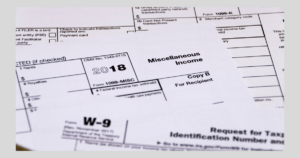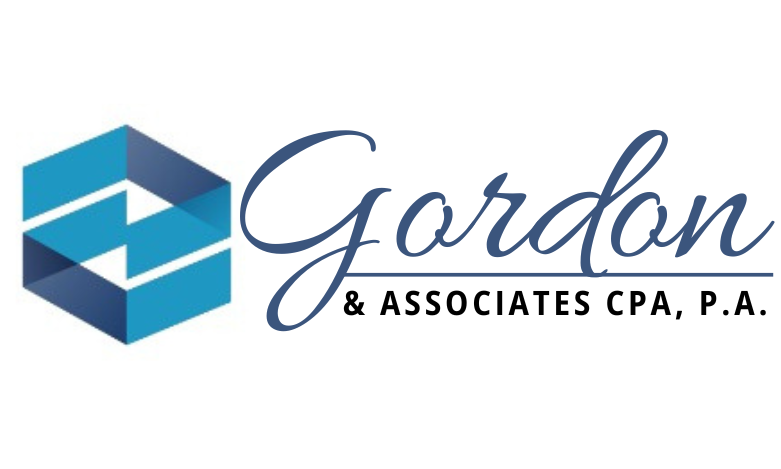Understanding 1099 Forms and Your Obligations

As tax season approaches, many individuals and businesses find themselves navigating the world of 1099 forms. Whether you’re an independent contractor, a business owner, or a freelancer, it’s essential to understand how 1099 forms work and your responsibilities for reporting and filing them. In this guide, we’ll break down the basics of 1099 forms, who needs to issue or file them, and the potential consequences of non-compliance.
What Are 1099 Forms?
The 1099 series of forms are information returns used to report various types of income other than wages, salaries, or tips. Issued by businesses, financial institutions, and other entities, these forms inform both the IRS and the recipient about income received during the year.
Key Points About 1099 Forms:
- They are typically issued to independent contractors, freelancers, and vendors.
- The IRS uses these forms to ensure income is accurately reported and taxed.
- There are multiple types of 1099 forms for different income types, such as interest, dividends, and non-employee compensation.
Common Types of 1099 Forms
Here are some of the most frequently used 1099 forms and their purposes:
- 1099-NEC (Non-Employee Compensation)
Used to report payments of $600 or more to independent contractors or freelancers. - 1099-MISC (Miscellaneous Income)
Used for other types of income, such as rent payments, royalties, or awards, that don’t fall under the 1099-NEC. - 1099-INT (Interest Income)
Issued by banks or financial institutions to report interest income exceeding $10. - 1099-DIV (Dividends and Distributions)
Used to report dividends or other distributions from investments. - 1099-K (Payment Card and Third-Party Network Transactions)
For income received through payment processors like PayPal or credit card payments exceeding $600 (effective 2023). - 1099-R (Retirement Income)
Reports distributions from retirement accounts, pensions, or annuities. - 1099-S (Real Estate Transactions)
Used to report proceeds from the sale of real estate.
Who Needs to Issue 1099 Forms?
If you operate a business and have paid $600 or more to a non-employee (such as a freelancer or independent contractor) for services during the tax year, you are generally required to issue a 1099 form to the recipient.
Key Criteria:
- Payment Threshold: Payments of $600 or more in cash, check, or bank transfer qualify.
- Business Purpose: Payments must be for business purposes, not personal services.
- Excluded Entities: Payments to corporations are generally excluded, except for attorneys and medical professionals.
Who Receives a 1099 Form?
Recipients of 1099 forms typically include:
- Independent contractors or freelancers
- Vendors or service providers
- Landlords (if you pay rent)
- Individuals receiving interest or dividend income
If you receive a 1099 form, it’s crucial to report the income on your tax return, as the IRS also receives a copy of the form.
Your Obligations as a Business Owner
If you’re required to issue 1099 forms, you must:
- Collect the Recipient’s Tax Information
Use Form W-9 to collect the recipient’s legal name, address, and Taxpayer Identification Number (TIN). - Prepare the 1099 Form
Complete the appropriate 1099 form with accurate payment and recipient information. - File the 1099 with the IRS
Submit copies of the 1099 forms to the IRS, either electronically or by mail, using Form 1096 as a transmittal. - Send Copies to Recipients
Provide a copy of the 1099 form to each recipient by January 31st of the following year. - Retain Records
Keep copies of all issued 1099 forms for at least three years for record-keeping purposes.
Penalties for Non-Compliance
Failing to issue or file 1099 forms can result in penalties from the IRS. The penalty amounts depend on how late the forms are filed and can range from $50 to $280 per form, with higher penalties for intentional disregard.
Common Mistakes to Avoid
- Failing to Issue a 1099 Form: If you’re unsure whether a payment requires a 1099, consult a tax professional to avoid penalties.
- Incorrect Information: Ensure the recipient’s name, TIN, and payment amounts are accurate.
- Missing Deadlines: File 1099 forms with the IRS and send copies to recipients on time.
- Confusing 1099-NEC and 1099-MISC: Use the correct form based on the type of income paid.
Tips for Staying Compliant
- Use Accounting Software
Many accounting platforms can automatically generate 1099 forms, simplifying the process. - Start Early
Collect W-9 forms from vendors and contractors as soon as you begin working with them. - Double-Check Information
Verify all payment and recipient details before filing. - Consult a Tax Professional
A CPA or tax advisor can help you navigate complex reporting requirements and ensure compliance.
Conclusion
Understanding 1099 forms and your obligations is critical for both individuals and businesses. Whether you’re issuing these forms as a business owner or receiving them as an independent contractor, staying informed about the rules and deadlines will help you avoid penalties and ensure accurate tax reporting. Need help managing your 1099 forms or other tax compliance needs? Contact us today for expert assistance.
Subscribe to our newsletter to receive our latest blog directly to your inbox.
- Business Financial Management
- Regulations and Compliance
- Tax Planning and Compliance
- Tax Planning and Strategies
- Conducting a Comprehensive Year-End Financial Review: A Guide for Small Business Owners
- Developing an Effective Budget for the New Year: A Step-by-Step Guide for Small Business Owners
- Improving Cash Flow During the Holiday Season: Practical Tips for Small Business Owners
- Year-End Bonuses: Best Practices for Small Businesses
- Year-End Tax Planning Tips for Small Businesses
- The Benefits of Tax-Advantaged Retirement Accounts: A Comprehensive Guide







